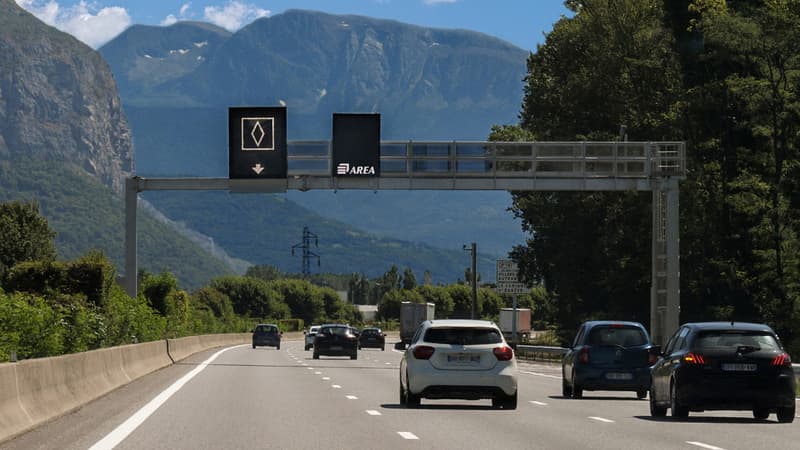Reserved lanes are now innumerable on French roads. Some are authorized for buses and taxis, others for low-emission vehicles or for drivers transporting a certain number of passengers.
The government wants to automate part of the process of fining drivers who do not respect these restrictions. A decree in this regard is about to be published, as announced to Tech&Co by the office of Clément Beaune, confirming the information on the L’Informé site. Already signed by the Ministers of the Interior, Ecological Transition and Transport, the text includes remote monitoring of the interior of vehicles.
A text examined by the CNIL
It is thanks to artificial intelligence that these observations will be organized to count the number of people on board a vehicle. As L’Informé points out, several private companies specialize in this field, in particular with cameras capable of counting the number of silhouettes in a vehicle, even at very high speed.
However, it will be humans who will have to validate the electronic reports, says Clément Beaune’s office at Tech&Co. As is the case of radars that control the speed of vehicles.
Already in 2015, Ademe carried out a first experiment in Doubs, recalls L’Informé. He obtained an accuracy rate of 97%.
The decree is based on the Law on Mobility Guidance (LOM), which introduced the use of an automated control system at the end of 2019. But only four years and an examination by the CNIL (the personal data police) Later the terms of use entered the finalization phase.
Without imposing the use of a particular solution, the text establishes specifications. The photographs must blur the faces of the vehicle’s passengers. But not the driver’s. Each photograph taken will be accompanied by all the data that allows the violation to be characterized (place, date, lane and number of occupants) and to identify the vehicle (model, license plate).
Photos preserved in case of infringement
A verification will be carried out with different databases. This must allow us to know if the vehicle is one of the models authorized to circulate on the route in question, through its Crit’air certificate, its license plate or its model.
In case of compliance, the photos will be “immediately deleted”, states the text consulted by L’Informé. If an infringement is discovered, the data will be kept for a maximum of three years, in order to cover the time of the criminal procedure.
With Tech&Co, the cabinet of Transport Minister Clément Baune does not confirm a date for the publication of the decree. On the other hand, he indicates that once this text is published, it will be up to the prefects to issue local decrees to initiate the beginning of the verbalizations. The trials are expected to last two years.
Today, France has 115 kilometers of reserved lanes. But the arrival of the Olympic Games in 2024 will increase this figure. Especially in Paris, where a ring road lane needs to be reserved for the event and then turned into a permanent carpool lane.
Source: BFM TV


